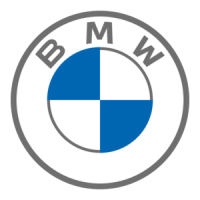50
b
c
da
9 SUSPENSION.
9.1 Glossary.
Spring rate or hardness:
The force required to compress the spring a given distance.
A higher rate indicates a higher force requirement per unit of length.
With air springs a higher rate means a higher pressure (a).
Initial spring tension:
The initial spring tension of coil springs and elastomers can be set within
a certain range. This makes the suspension respond only when exposed
to a higher load. The spring rate remains, however, unchanged. Heavier
riders cannot compensate a too soft spring rate with a higher initial ten-
sion.
Rebound damping:
The damping which controls the rate at which the fork extends after be-
ing compressed (b+c).
Compression damping:
The damping which controls the rate at which the fork compresses (c).
Sag:
The distance by which the rear shock or fork compresses (should
compress) when the rider assumes his normal riding position while the
bicycle is stationary.
Lockout (c+d):
Device blocking the fork or the damper from absorbing shocks thus
ensuring a smooth riding on tarred roads without vibrations. A lockout
must not be activated when riding off-road or downhill.
Platform damping:
Increases compression damping and helps eliminate bob. Compared to
the lockout mechanism the suspension is not inactivated entirely.

